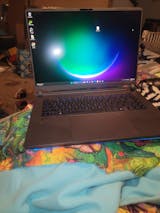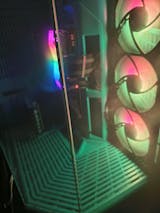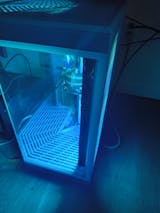Whether you’re interested in the latest graphics or an improved display for immersive gameplay, there’s no more rewarding way to game than with a tricked-out rig you built yourself. XOTIC PC engineers some of the most highly regarded computing solutions in the industry, and we know how expensive hardcore gaming can be. We rounded up some of the best tips and directives for building your own gaming computer, so you can save hundreds or thousands of dollars in the long run. Keep reading to learn more about building a value gaming PC.
Building and Gaming on a Budget
Not all of us are lucky enough to have a previous rig that can be upgraded or retrofitted, but there is a way to build a gaming PC while staying true to your budget. Building a value gaming PC may seem intimidating, but we offer all the tools you need to pull off this project and stay sane in the process.
Before you rush off to buy components, remember that prices do fluctuate over time. You may be able to build a rig that exceeds your expectations by waiting for sales or shopping refurbished parts instead. If the waiting game doesn’t appeal to you, it’s time to review the components you’ll need to start building.
Though you may want all the latest hardware upgrades down the road, this guide will only cover the core components you need for a gaming PC buildout. Every computer buildout begins with a central processing unit (CPU). There are a wide variety of processor models to choose from, and your choice will directly impact the overall gaming experience. Advanced Micro Devices® (AMD) and Intel® are two of the most popular processor brands on the market. Both offer a variety of budget-friendly processors that are actually quite powerful. Central processing units can heat up quickly under a heavy workload, so a CPU cooler is paramount to peak performance. You can invest in an aftermarket CPU cooler or larger case fans to reduce sound output and achieve better performance than a typical stock cooler.
Next, your buildout will require a motherboard. All the components of a high-end gaming PC need adequate housing. Think of the motherboard as the central nervous system of your computer. This core component relays information and serves as the central hub for central processing units, memory, and graphics processing units. You will want to invest in a good amount of RAM from a brand you trust. While researching, pay close attention to RAM type, speed, capacity, and slots. More memory may mean better performance of games, programs, and applications of all kinds, but the hard drive is where all the magic happens. Keep files, programs, and games safe and accessible with high RPM, extra cache memory, and an advanced interface.
The secret to an extraordinary and immersive gaming experience is graphics. We like to think of these video cards as beating hearts that pump pixels from your tower to your monitor. Modern graphics cards take technological leaps from cards found in consumer computers, so they can handle high-definition content, video editing, and much more. Unlike workstation cards, gaming graphics cards are optimized to deliver the best frame rates with the most realistic detail settings. While comparing cards, you should consider memory types, clock speeds, and bit rates.
Power supply is another important part of any gaming build, but your decision will generally boil down to two factors: overall wattage and rail specific power. There are power supply calculators available on the web that can help you determine how much power you need. Unless you’re building in a really tight case, it is usually safe to go with semi- or fully-modular power supply. Rail specific power shouldn’t concern PCs with one or two mid-range graphics cards.













